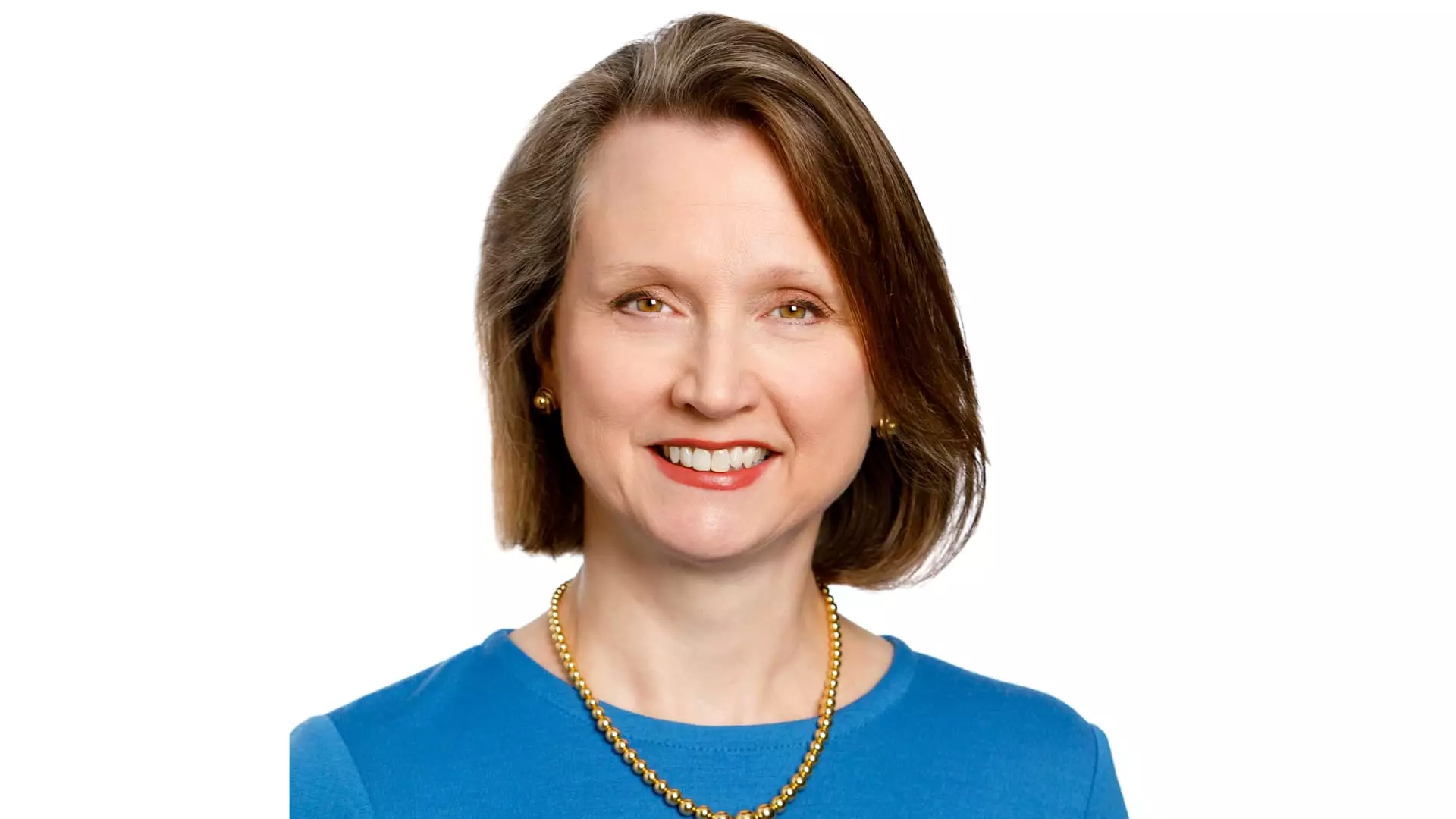Kathryn Glass’s journey into the finance world is nothing short of captivating. With an educational background rooted deeply in Japanese language and literature — including a bachelor’s from the University of Pittsburgh and a master’s from Cornell — her initial career trajectory was far removed from the financial realm. It’s striking how a life pivot towards high-yield fixed-income investing can emerge from such seemingly unrelated academic pursuits. Yet, this unusual trajectory grants Glass a unique perspective that enriches her decision-making within the financial world. It demonstrates that a diverse background can bring fresh insights to traditionally rigid areas like finance, proving that an unconventional approach can have its merits.
Certainly, the financial world has seen a plethora of professionals who tread the conventional path of accounting or economics. However, the value of versatility shouldn’t be underestimated. Glass’s early background made her adept at viewing complex investment situations through a multifaceted lens. While many in finance have a fixation on numbers alone, her ability to weave narrative — understanding company strategies and management teams — enables her to make calculations that extend beyond mere mathematics. Such a holistic viewpoint is essential in today’s complex financial landscape, where emotional intelligence often triumphed over cold calculations.
The Challenge of High-Yield Investments Today
Glass’s current position as co-head of Federated Hermes’ high-yield fixed-income group comes with a hefty responsibility: managing about $13 billion in U.S. high-yield strategies in a market rife with uncertainty. One might argue that the high-yield sector, often flanked by risk and volatility, is not for the faint of heart. Glass’s cautious optimism offers a compelling argument, particularly in a landscape distorted by tight spreads, suggesting investors have much at stake. The “Goldilocks” scenario she describes echoes a critical sentiment — investors may be lulled into complacency, enjoying favorable conditions without recognizing lurking risks beneath the surface.
With her focus on lower-spread names due to their perceived quality, Glass indicates a method of risk management that many investors ignore in their chase for high returns. This shift from the traditional high-yield cohort to more resilient issuers epitomizes strategic reallocation in times of uncertainty. It’s essential for investors to embrace such adaptability, balancing profitability with a shielded approach to risk. Yet, does this imply that the notion of high yield as an undisputed ‘safe bet’ is waning? Perhaps it is a powerful reminder that in finance, market conditions are continuous and evolving — not static.
The Art of Picking Winners
The investment process at Federated Hermes is grounded in deep research, layering a bottom-up analysis that examines companies’ balance sheets more than following macroeconomic trends. This methodology undoubtedly resonates well with Glass’s earlier assertion: that understanding narratives behind investments is paramount. By emphasizing the story behind a company’s financials, rather than just getting lost in numerical data, Glass and her team can make informed decisions that leverage their unique insights.
However, the strategy of focusing on individual stories can be a double-edged sword. While this approach allows for personalization and depth in analysis, it can also lay the groundwork for overconfidence in late-stage market cycles, where the lines between perceived quality and actual value blur. It begs the question: is the narrative enough? As risk premiums compress and conditions remain buoyant, are investors ready to navigate the sharp turns that are inevitable in high-yield investing?
Forecasting Market Trends
Glass has an acute awareness of market dynamics and stresses the importance of caution amidst current valuation metrics. Her observation that the market is “priced to perfection” illustrates a rigorous understanding of valuation as a critical compass for investor behavior. In doing so, she challenges the common market aphorism that past performance is indicative of future results. As spreads narrow, the risk of sudden shocks grows more acute — a reality all investors need to accept.
The fundamental lesson is clear: vigilance is crucial. Waiting for opportunities while maintaining a cautious stance, as advocated by Glass, unfolds a more prudent narrative in high-yield investment philosophy. It emphasizes the need for preparedness over opportunistic rush — the sustained success in high-yield investing isn’t merely about finding the next big winner but also about exercising restraint and discipline during market ebbs and flows.
Through her experiences, Kathryn Glass offers critical insights into the world of high-yield finance that challenge conventional wisdom and encourage a critical reassessment of strategies in uncertain conditions. It’s not just about numbers; it’s about understanding, strategic foresight, and above all, narrative — all while staying poised for the next challenge.

